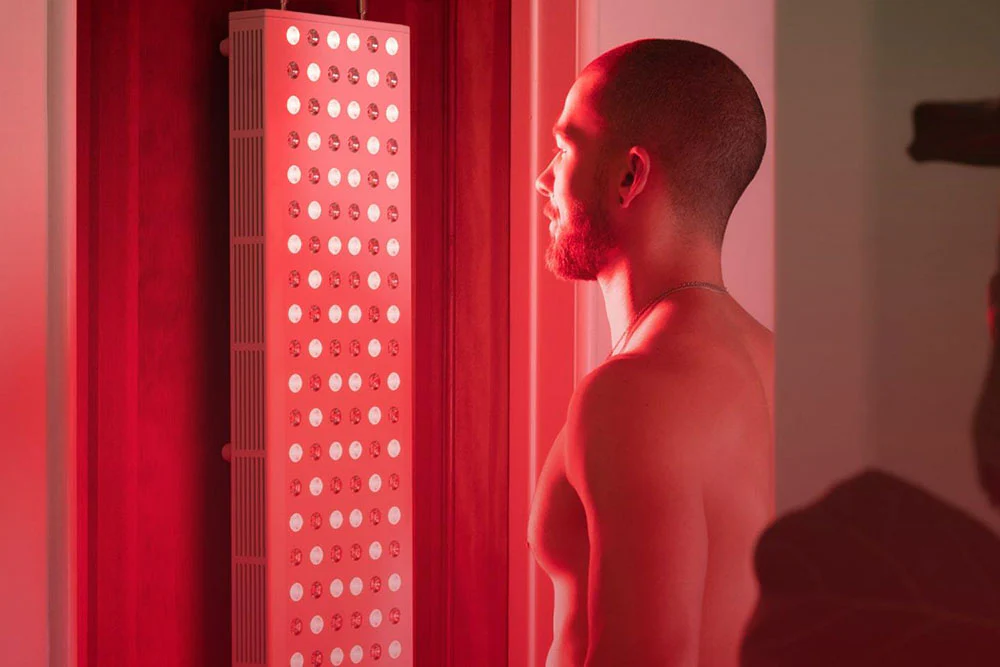Exploring the Impact of Red Light Therapy on Cancer: A Comprehensive Study
In the ever-evolving landscape of medical advancements, red light therapy has emerged as a promising modality, showcasing its efficacy in stimulating cell proliferation, particularly in wound healing. However, a cloud of uncertainty has lingered over its application in cancer patients, with concerns about the potential promotion of tumor growth. This blog post delves into a recent red light therapy cancer study that aimed to unravel the mysteries surrounding low-level light therapy (LLLT) and its impact on tumor development in the presence of pre-existing malignancies.
Navigating the Background:
While LLLT has gained considerable traction for treating various conditions such as trauma, arthritis, and cosmetic applications, its incorporation into the treatment plans of cancer patients has been met with caution. Practitioners have hesitated, fearing that LLLT might trigger the initiation or promotion of metastatic lesions or new primary tumors. The scientific exploration of oncologic outcomes post-LLLT in cancer patients has been scant, contributing to the prevailing uncertainty in the medical community.
Unveiling the Methods:
To address this critical gap in knowledge, researchers undertook a groundbreaking study using a standard SKH mouse nonmelanoma UV-induced skin cancer model. Visible squamous cell carcinomas, mirroring conditions found in cancer patients, were already present in the mice. The study aimed to investigate the effects of LLLT on tumor growth, with the red light group receiving automated full-body 670 nm LLLT twice a day. The control group underwent similar handling without LLLT. Over the course of 37 consecutive days, measurements were conducted on 330 tumors.
Surprising Results:
Surprisingly, the daily tumor measurements revealed no measurable effect of LLLT on tumor growth. Contrary to initial concerns, it appeared that LLLT at these parameters may be safe even in the presence of malignant lesions. This experimental data challenges the prevailing cautionary approach to LLLT in cancer patients.
Reevaluating Conclusions:
In conclusion, this red light therapy cancer study suggests that LLLT, specifically at the studied parameters, may not pose a risk of promoting tumor growth in the presence of pre-existing malignancies. While caution has been the norm in applying LLLT to cancer patients, these findings encourage a reevaluation of its potential in managing complications such as lymphedema. The call for further studies on the effects of photoirradiation on neoplasms is echoed, as unlocking the full potential of red light phototherapy could revolutionize the way we approach cancer care.
As we navigate the realms of medical science, this exploration into the relationship between LLLT and tumor growth opens new avenues for research and challenges preconceived notions. The potential benefits of red light phototherapy in the oncological landscape warrant continued investigation, as we strive to provide safer and more effective treatments for patients facing the complexities of cancer.

